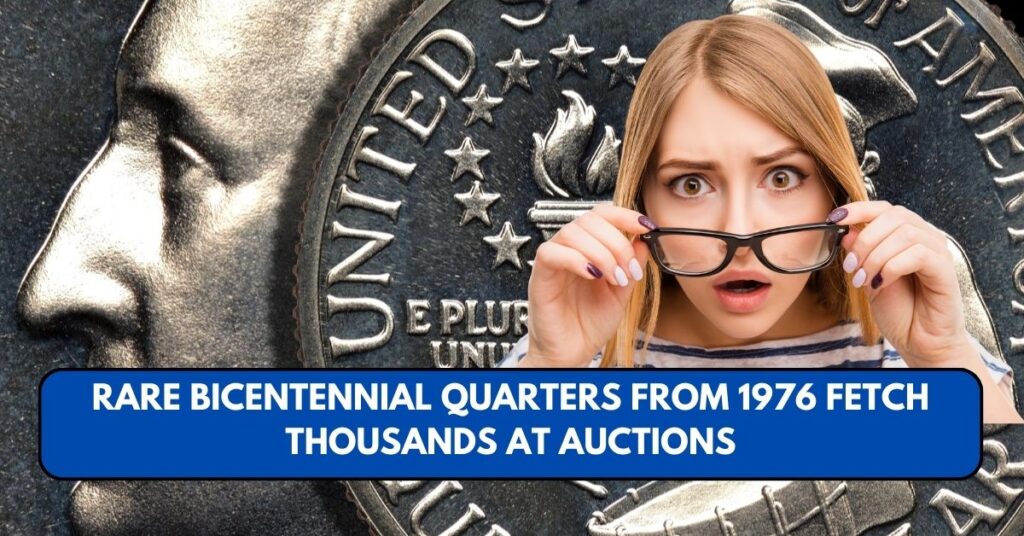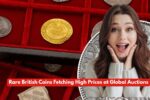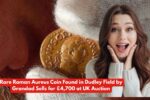If you’ve ever sifted through spare change and stumbled across a 1976 quarter with a drummer boy on the back, you might be holding a piece of American history—and potentially a small fortune.
Known as Bicentennial quarters, these coins were issued to celebrate the 200th anniversary of the United States’ independence. While most of these coins are worth only 25 cents, some rare versions have fetched thousands of dollars at auctions.
So, before you spend that quarter on a vending machine snack, here’s what you need to know about the Bicentennial quarters that might just fund your next getaway.
What Are Bicentennial Quarters?
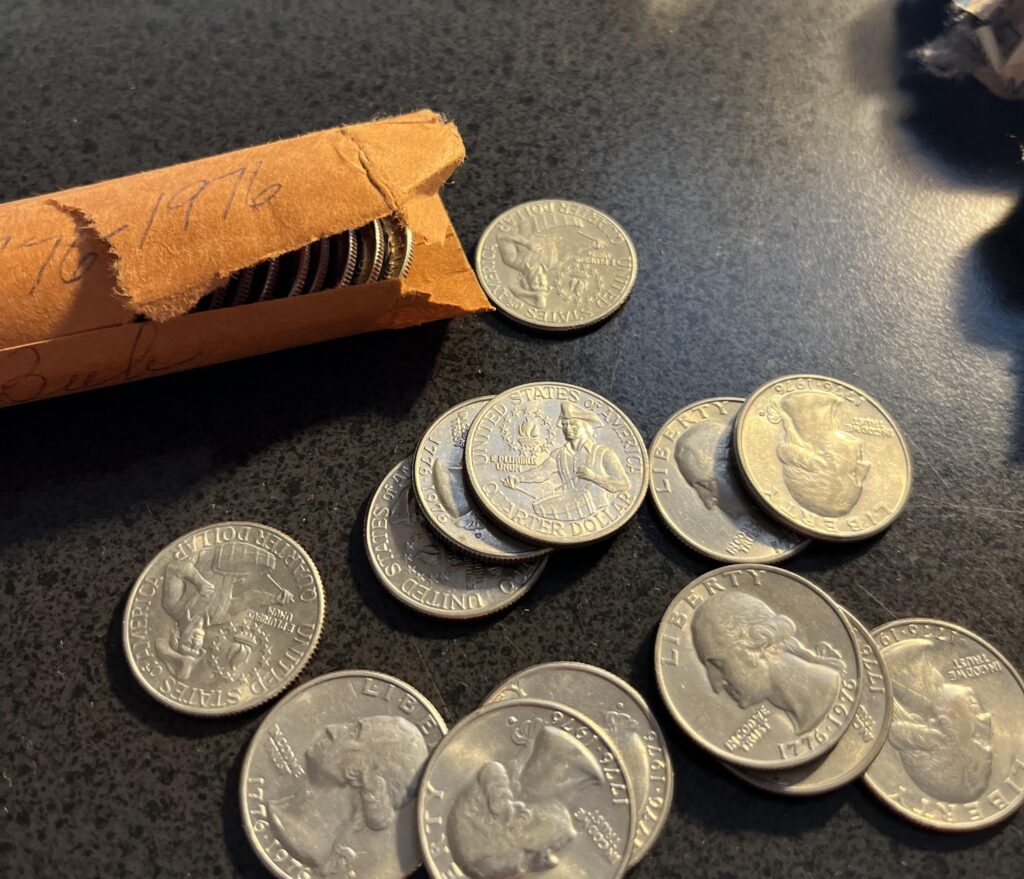
Bicentennial quarters were minted in 1975 and 1976 to honor America’s 200 years of independence. They replaced the standard eagle-back design with a special reverse showing a Colonial drummer boy and a torch encircled by 13 stars. The obverse still featured George Washington, but with the dual date “1776–1976.”
These quarters were mass-produced by the U.S. Mint and released into general circulation, which makes most of them quite common today.
Why Are Some Bicentennial Quarters Valuable?
While hundreds of millions were produced, some Bicentennial quarters stand out due to specific features:
1. 1976-S Silver Proof Bicentennial Quarter
- These coins were minted in San Francisco and contain 40% silver.
- They were sold as part of collector sets, not meant for general circulation.
- In pristine condition, one of these coins fetched $19,200 at auction.
- 🔗 See more about U.S. proof coins at PCGS (Professional Coin Grading Service).
2. Double Denomination Error Quarters
- A striking error resulted in a quarter being printed on a dime planchet (blank).
- One such rare error coin sold for $9,200 in 2020.
- Error coins are rare and highly sought after by collectors.
3. 1976-D Doubled Die Obverse (DDO) Quarter
- These coins show noticeable doubling on the text, especially “IN GOD WE TRUST.”
- A Denver-minted DDO version sold for $8,400 in 2023.
- Coins with strong doubling and in excellent condition carry higher premiums.
How to Identify a Rare Bicentennial Quarter
If you’re hoping to strike coin gold, here’s what to look for:
- Mint mark: Look for an “S” mark (San Francisco) for proof coins.
- Material: Silver proof coins have a distinct, slightly different coloration.
- Errors: Examine closely for doubling in the text or any signs the coin was struck incorrectly.
- Condition: Coins graded MS-65 or higher are significantly more valuable. Coins should be free of wear and handled carefully.
For grading and authentication, consult certified grading companies such as NGC (Numismatic Guaranty Company) or PCGS.
Are All Bicentennial Quarters Worth Money?
Unfortunately, the majority of Bicentennial quarters are not rare and are worth their face value—just 25 cents. Claims that every 1976 quarter is a goldmine are misleading. You’ll need either a special minting error, silver content, or near-perfect condition to fetch a significant price.
Even so, it doesn’t hurt to check. Your pocket change might surprise you.
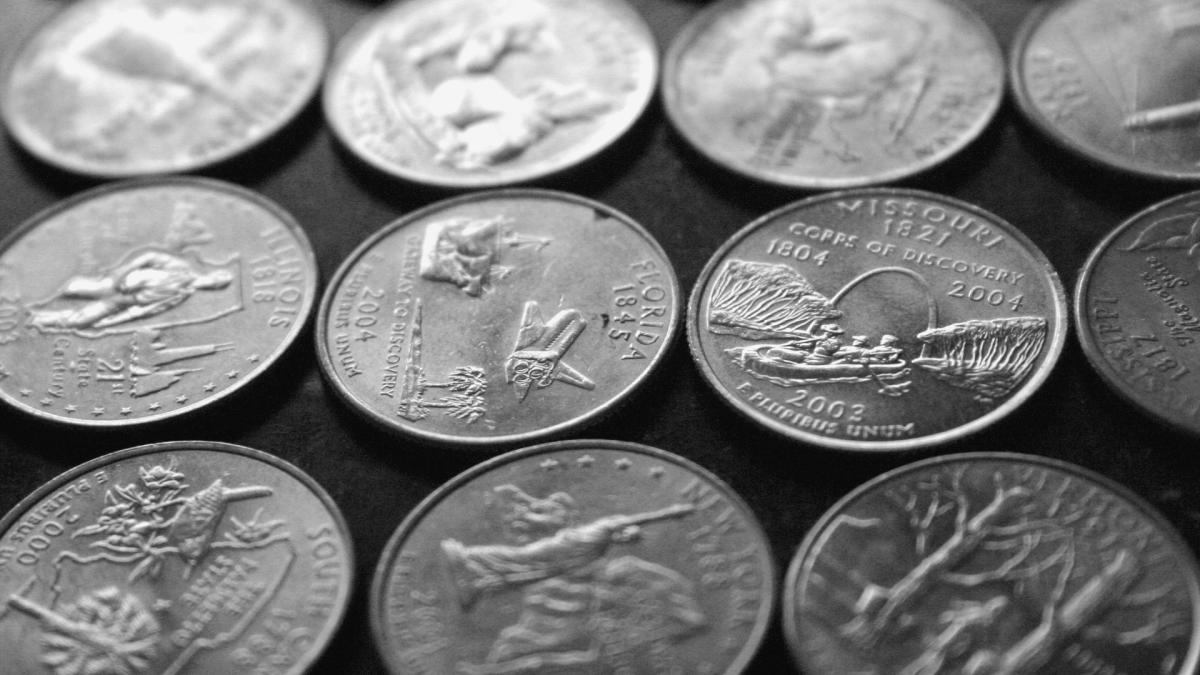
What Should You Do If You Think You Have a Valuable Quarter?
- Do Not Clean the Coin – Cleaning can reduce a coin’s value.
- Use a Magnifying Glass – Examine for errors and doubling.
- Check Mint Marks – Look for “S” for silver or proof coins.
- Weigh the Coin – Silver quarters weigh more than clad coins.
- Consult a Professional – Visit a coin dealer or submit your coin to a grading service for evaluation.
🔗 The American Numismatic Association (money.org) is a good place to start learning more or finding local coin experts.
Final Thoughts
The idea that a single coin from your pocket could be worth thousands is part of what makes collecting coins so exciting. While not every Bicentennial quarter will fund your next vacation, a few special ones certainly have that potential. Whether you’re a seasoned numismatist or a curious spender, take a second look at that quarter—you might just be holding a treasure.
This article has been carefully fact-checked by our editorial team to ensure accuracy and eliminate any misleading information. We are committed to maintaining the highest standards of integrity in our content.
